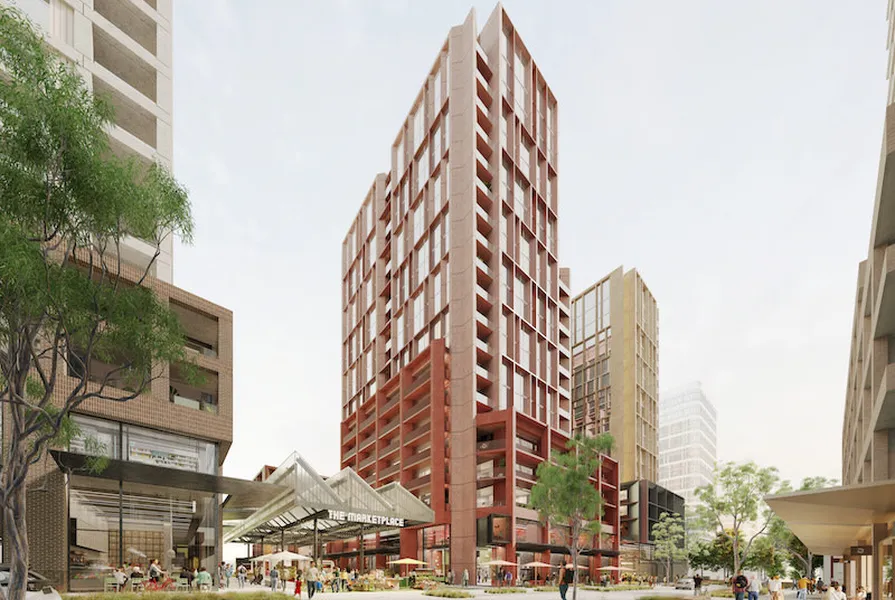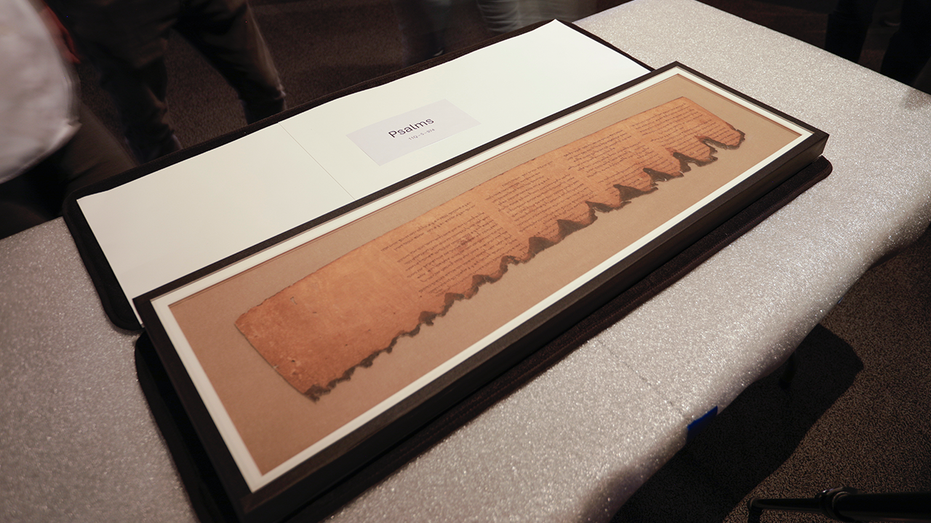- by architectureau
- 21 Nov 2024
Built environment sector
The federal government has released an interim report from the Circular Economy Ministerial Advisory Group, which identified the built environment as a key sector in the transition to a circular economy.
- by architectureau
- 30 Apr 2024
- in architects

The federal government has released an interim report from the Circular Economy Ministerial Advisory Group, which identified the built environment as a key sector in the transition to a circular economy.
The report found the built environment sector produces 40 percent of Australia's solid waste, which in 2020-21 amounted to 29 megatonnes. It is also the largest growing source of all materials received and processed in recycling and waste re-use.
"As a sector, the built environment is primed to take on circularity, especially in commercial buildings, future liveable cities and sustainable infrastructure," the report states.
The report also identified several barriers preventing the circularity in the built environment including a lack of centralised policy, lack of central coordination and collaboration among supply chains, lack of prioritisation in planning and procurement procedures, issues on both supply and demand sides of recycled materials and a lack of information regarding recycled materials.
"Stakeholders reported that even when buildings are designed for disassembly they are often demolished because the information about the design is lost," the report found.
Additionally, it found that sending waste materials to landfill is cheaper than recycling.
The report made several recommendations in relation to circularity in the built environment, including adding end-of-life considerations to the National Construction Code, embedding circularity across public procurements, and national policy settings that prioritise refurbishment as it is "one of the most effective ways to reduce the material footprint of the built environment sector," as well as design for modularity and disassembly.
The report follows a CSIRO report that found Australia's circularity rate lags behind the rest of the world by half (4 percent versus 8 percent) and that transport and housing make up more than half of Australia's material footprint. CSIRO also calculated a theoretically achievable circularity rate of 32 percent under today's economic structure, an eight-fold increase on the current circularity rate.
In addition to the release of the interim report, the government also announced a new Environmentally Sustainable Procurement Policy, the first phase of which, beginning 1 July 2024, requires businesses bidding for government construction services projects above $7.5 million to meet sustainability outcomes including climate, environment and circularity.
- by foxnews
- descember 09, 2016
Ancient Jewish manuscripts dating back 2,000 years on display at Reagan Library
The Ronald Reagan Presidential Library in Simi Valley, California, has opened an exhibit featuring a collection of ancient Jewish manuscripts along with 200 other artifacts.
read more





